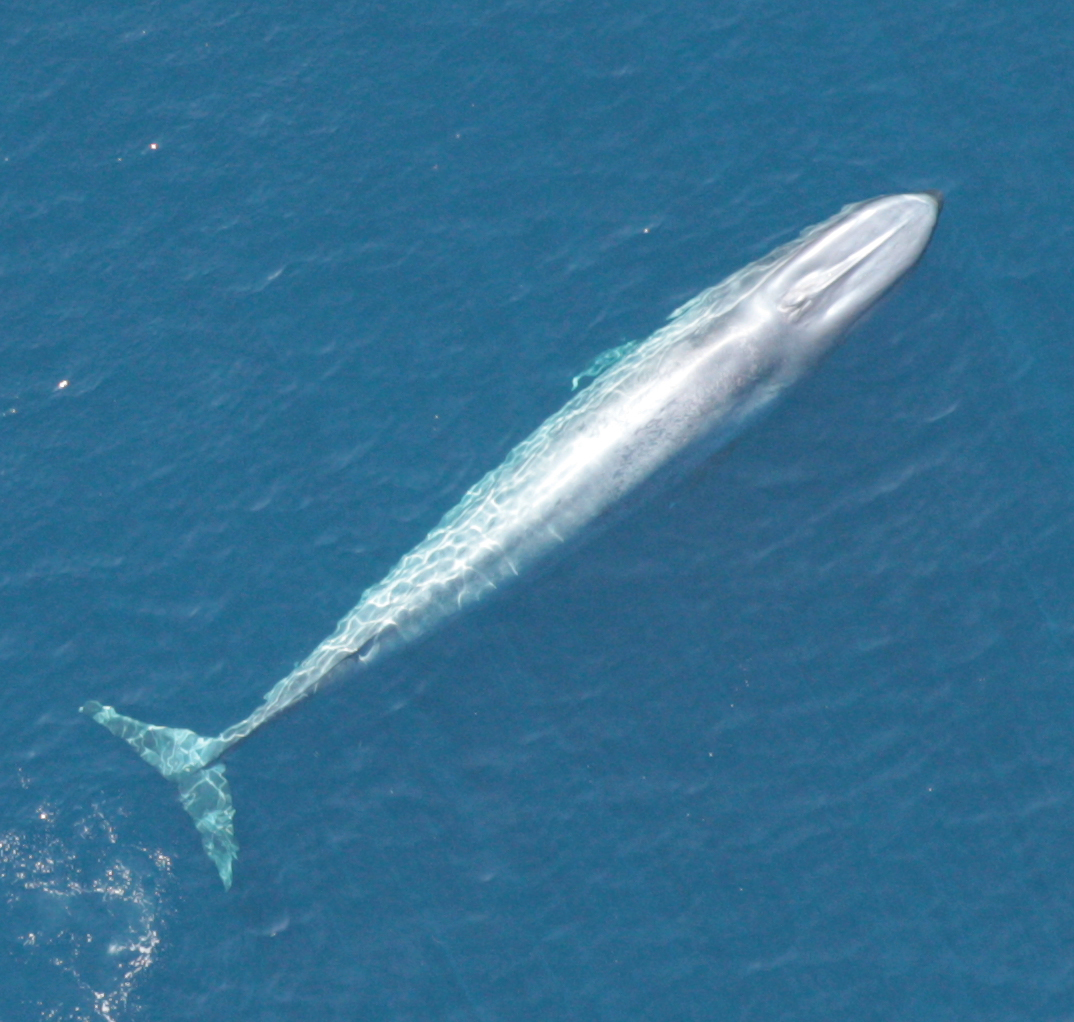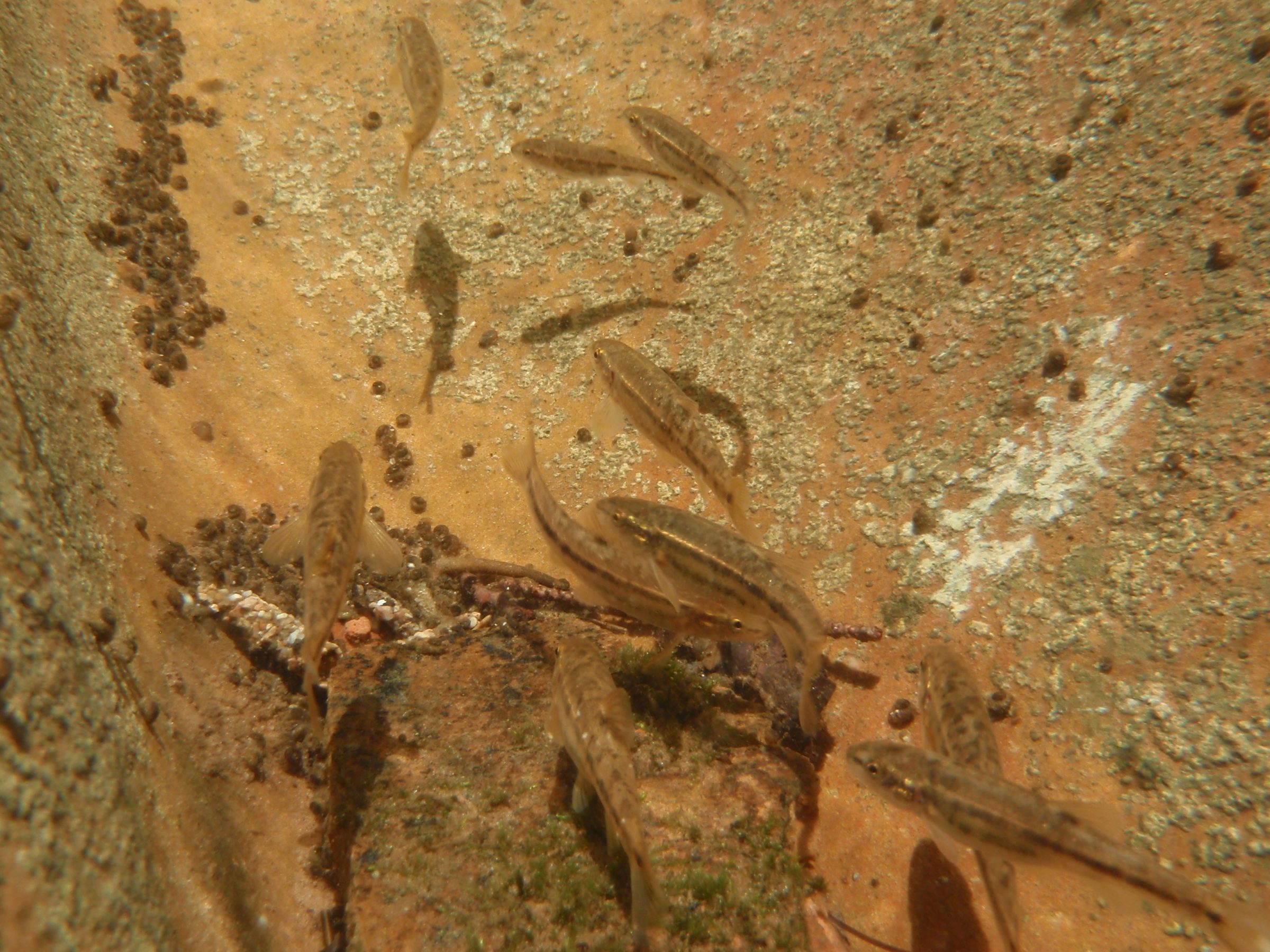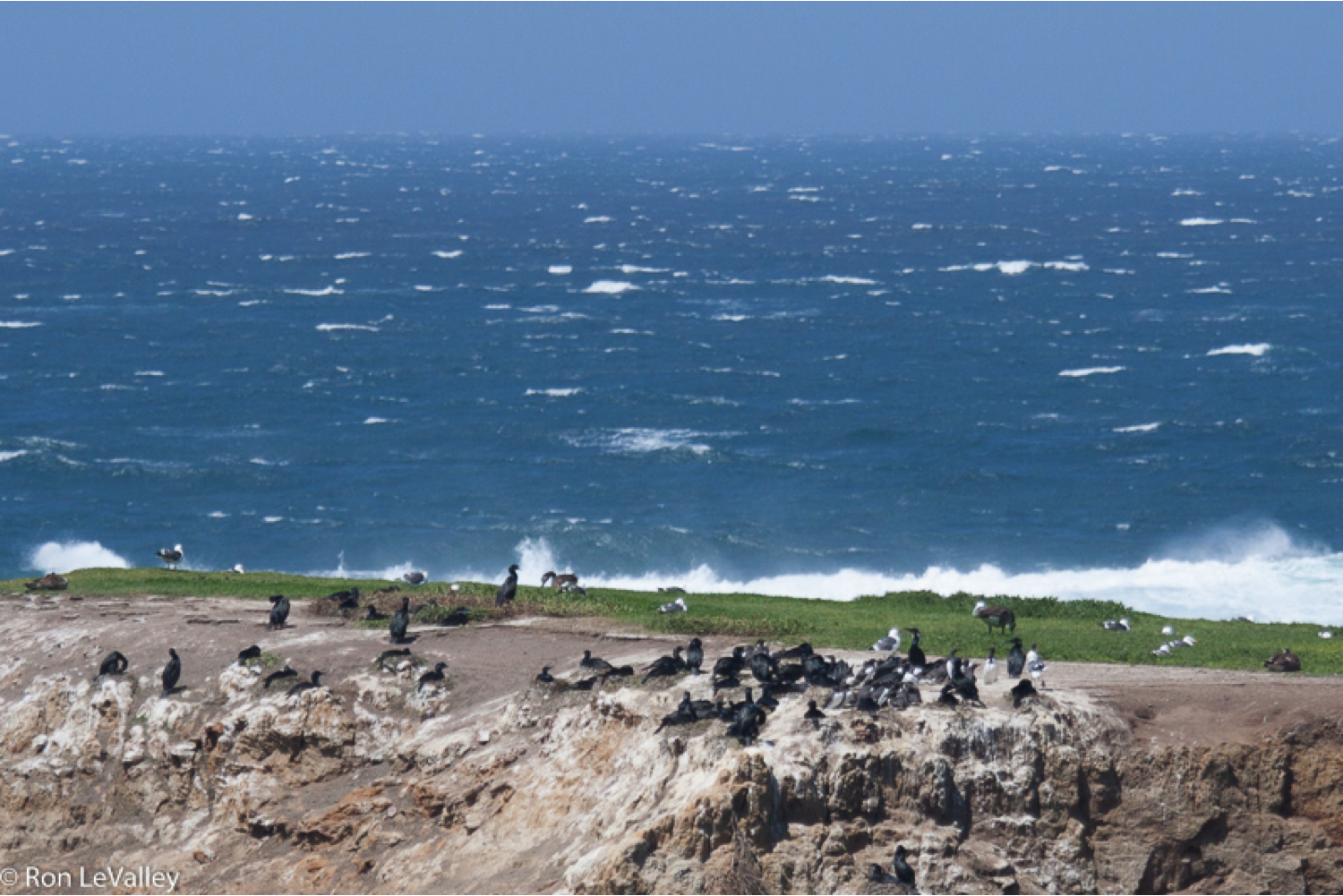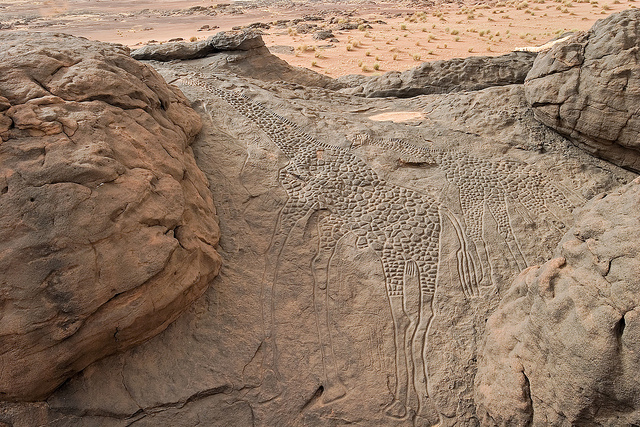Populations of the iconic California blue whale have rebounded to near historic levels, a remarkable achievement considering the whales were hunted almost to extinction in the past. The study was lead by graduate student Cole Monnahan and coauthored by aquatic and fisheries sciences professors Trevor Branch and André Punt, and showcases a success story when it comes to conservation management.
Read more at UW Today »Dwindling waterways challenge desert fish in warming world
One of Arizona’s largest watersheds – home to many native species of fish already threatened by extinction – is providing a grim snapshot of what could happen to watersheds and fish in arid areas around the world as climate warming occurs. New research by scientists in the College of the Environment and Ohio State University suggests that by 2050, one-fifth more streams will dry up along the Verde River Basin in Arizona each season, and at least a quarter more days with no water flow — a problem when fish are trying to reach spawning habitats and refuges where water still remains.
Read more at UW Today »Ocean upwelling becoming more intense with a changing climate
Our Washington coastline is one of the most prolific and productive in the world, teeming with abundant plant and animal life. In fact, much of entire U.S. west coast is the same, and we can largely thank a strong upwelling system for driving this bounty. New research published in Science has shown that upwelling in the eastern boundary current systems – meaning, the eastern edges of ocean basins across the globe where winds, currents, and geological formations create a prime environment for upwelling – has increased globally over the past 60 years.
Read more on the Los Angeles Times »Demystifying lush landscapes of the ancient African Sahara
When thinking of rich green landscapes—ones where an abundance of rain keeps everything growing and vibrant, supporting water-loving wildlife like crocodiles and hippopotamus—the Sahara is hardly the place that comes to mind. Yet 6000 years ago, this would have appropriately described what has become the dry, thirsty landscape of the Sahara we know today. The desert’s previous state of relative lushness has long been known by scientists and others.
Read more »Using eDNA to help scientists monitor marine ecosystems
Marine plants and animals leave behind tiny markers of their presence, often in the form of skin cells that have been shed, damaged tissues, or waste products – and within that lies their signature DNA. From a sample of seawater, scientists can read that eDNA — that is, environmental DNA — and paint a picture of species diversity in specific ocean ecosystems, determine whether or not invasive species have landed in local waters, and even sharpen their ability to monitor ecosystem changes as is often required by law.
Read more at the Stanford Woods Institute »





